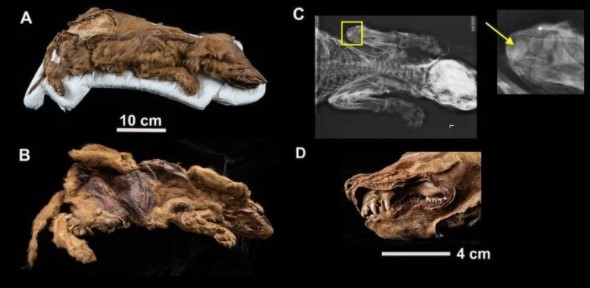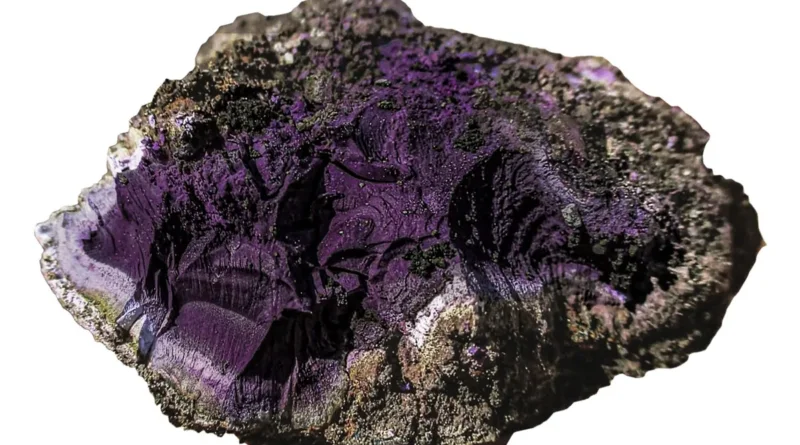
C tubes have been full for years130 — molecules consisting of 130 carbon atoms — existed only in theory. Now, leading an international team of scientists, the UdeM physics PhD student has successfully demonstrated them in real life — and even managed to capture some in photographs.
The discovery, first published online last October, was made by Bourret as lead scientist on an inter-university team that also included researchers from Purdue University, Virginia Tech and Oak Ridge National Laboratory in Tennessee.
A fuller tube is, in fact, a collection of carbon atoms arranged in a closed tubular cage. This is due to fullerenes, molecules that are presented as cages of interconnected hexagons and pentagons and come in a variety of sizes and shapes.
For example, fullerene C60 consists of 60 carbon atoms and is shaped like a soccer ball. It is relatively small, spherical and very abundant. Fullerenes C are less common120. They are longer and have the shape of a tube closed at both ends by two halves of fullerene C60.
Found in soot
Complete tube C130 (or C130-D5h, its full scientific name) is more elongated than C120, and even rarer. To isolate it, Bourret and his team created an electric arc between two graphite electrodes to produce carbon black containing fullerene and fullertube molecules. The electronic structure of these molecules was calculated using density functional theory (DFT).
"Based on the principles of quantum mechanics, DFT allows us to calculate the electronic structures and predict the properties of a molecule using the fundamental laws of physics," explained Bourret's thesis supervisor, UdeM physics professor Michel Côté, research fellow at the university's Institut Courtois.
Using special software, Bourret was able to describe the structure of the C130 molecule: it is a tube with two hemispheres at the ends, making it look like a microscopic capsule. Its dimensions are just under 2 nanometers in length and 1 nm in width.
"The structure of the tube is basically made up of atoms arranged in hexagons," Bourret said. "At the two ends, these hexagons are connected by pentagons, which gives them a rounded shape."
Burre began theoretical work on fullertubes in 2014 under the guidance of his then supervisor Jiri Patera, professor of mathematics at UdeM. After Patera died in January 2022, Bourret turned to Côté, who became his new boss.
Availability shown in 2020
Two years earlier, Bourret had read a paper by Stephen Stevenson, a professor at Purdue University in Fort Wayne, who described the experimental isolation of certain complete tubules, demonstrating their existence but not identifying them all. Under the guidance of Côté Bourret, he began to work on deepening his knowledge of the subject.
"Emmanuel had a strong background in abstract mathematics," Bourret recalled, "and he added an interesting dimension to my research group, which focuses on more computational approaches."
"It's hard to say at this stage, but one possibility could be hydrogen production," Côté said. "Currently, a catalyst of platinum and rubidium is used, which are rare and expensive. Replacing them with carbon structures such as C130, will make it possible to produce hydrogen in a "greener" way."


 1806
1806












